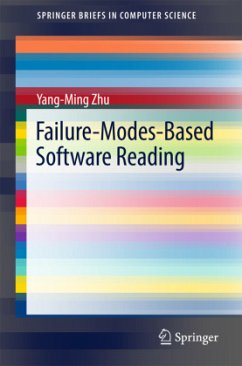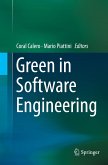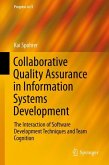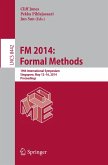Identifying failure modes and their effects is critical to software failure mode and effects analysis and it largely depends on the analysts' experience and the skill. This book develops a series of reading techniques based on common and prioritized failure modes in software requirements, software design, coding, and usability in order to makes the benefits of software failure mode and effects analysis (FMEA) readily accessible to general software practitioners, particularly in small teams and resource-constrained organizations.
After a general introduction it offers an overview of software FMEA and discusses software review procedures and software reading techniques. Subsequent chapters present the basic ideas behind failure-modes-based reading techniques and examine the use of these techniques for software requirements, software design, software coding, software usability, and software testing. Covering the entire creation process, and including checklists and examples, it provides an easy introduction to the topic for professionals in software engineering and quality assurance.
After a general introduction it offers an overview of software FMEA and discusses software review procedures and software reading techniques. Subsequent chapters present the basic ideas behind failure-modes-based reading techniques and examine the use of these techniques for software requirements, software design, software coding, software usability, and software testing. Covering the entire creation process, and including checklists and examples, it provides an easy introduction to the topic for professionals in software engineering and quality assurance.








